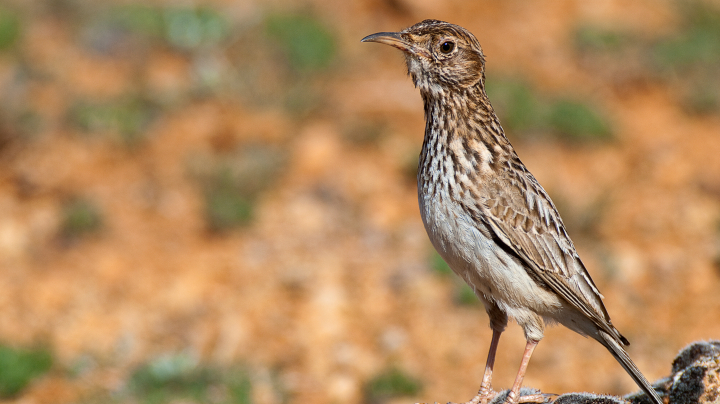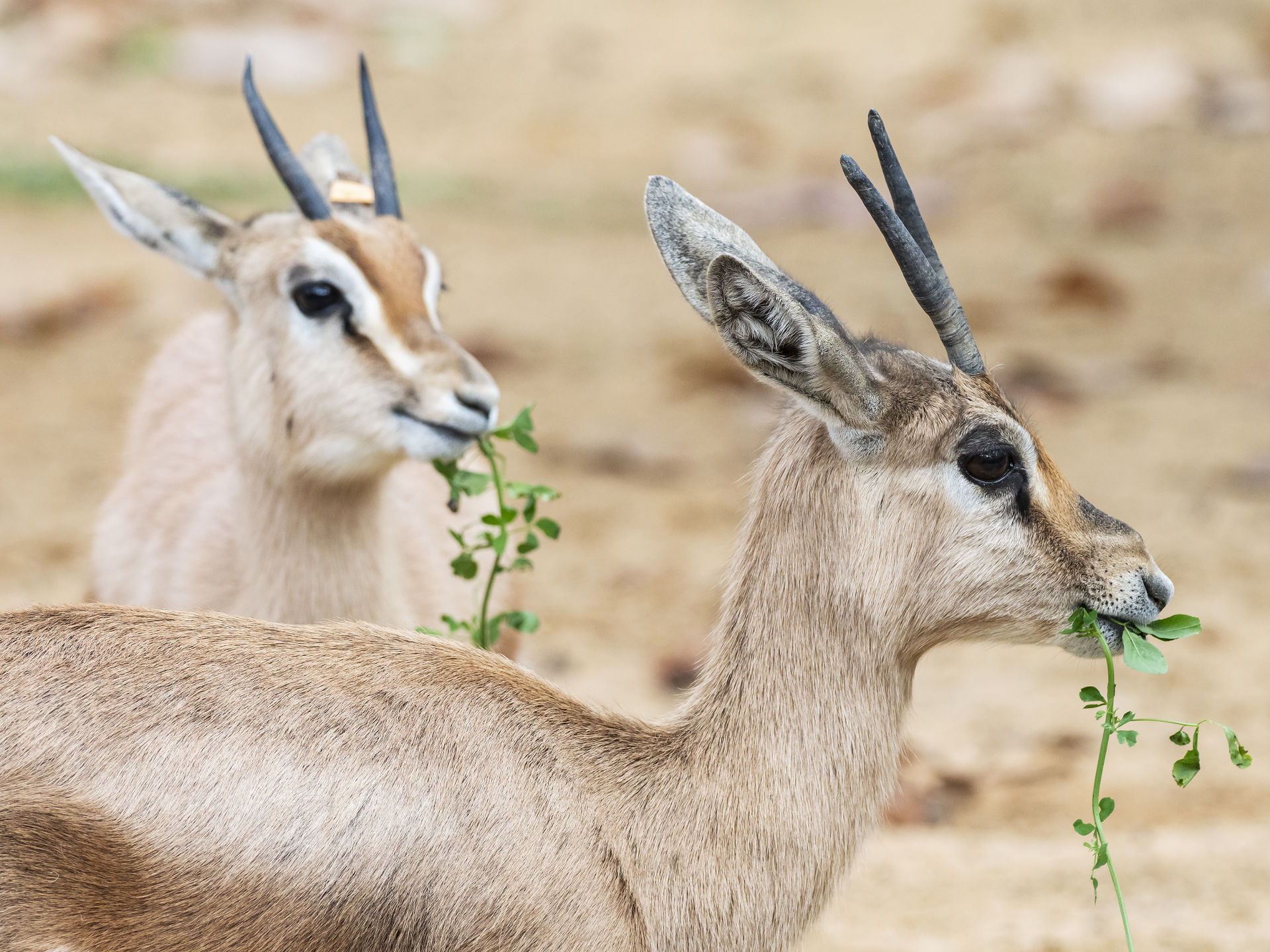
Dupont’s lark (Chersophilus duponti) is one of the most endangered birds of the Passeriformes order in Europe. Apart from its reduced population, its habitat is in steppe environments, rare and scattered, makes it even more difficult to carry out a census. The main goal of this project is focused on the development of a method to determine the reliable presence (and eventually abundance) of Dupont’s lark, by means of automatic recorders, as well as the establishment of the necessary effort-samples curve, in order to determine such presence. Furthermore, the aim is to test this system on real populations, to conduct a deeper study of the reproductive ecology of this species. For that purpose, a comparison between the different record devices available on the market will be carried out, in order to determine which one is the most effective to detect the song of the Dupont’s lark.
The project will make a standardized protocol that will be later used by responsible scientists and technicians, on its study and conservation. Along these lines, the work will be designed to define the 3 elements that are deemed to be critical to validate this methodology: detection range and necessary effort (number of record devices used), detection rate and precision in determining abundance. Once the protocol is implemented, it will be tested on known-density populations, in order to establish the real effort rate, its usefulness in determining population abundance, as well as specific aspects of the reproductive biology that depend on conspecific density (rate and length of song, call, alarm, etc.).
The implementation of the records-based methodology will allow to determine its trustworthiness in automatically detecting the presence of the species in low-density areas, as it has been already proved in areas where visual detection of the species is very low. This opens the doors to the search for new populations in potential habitat zones that, either because of the distance, the difficulty of access and a low-probability presence of the species, are not currently being studied.




